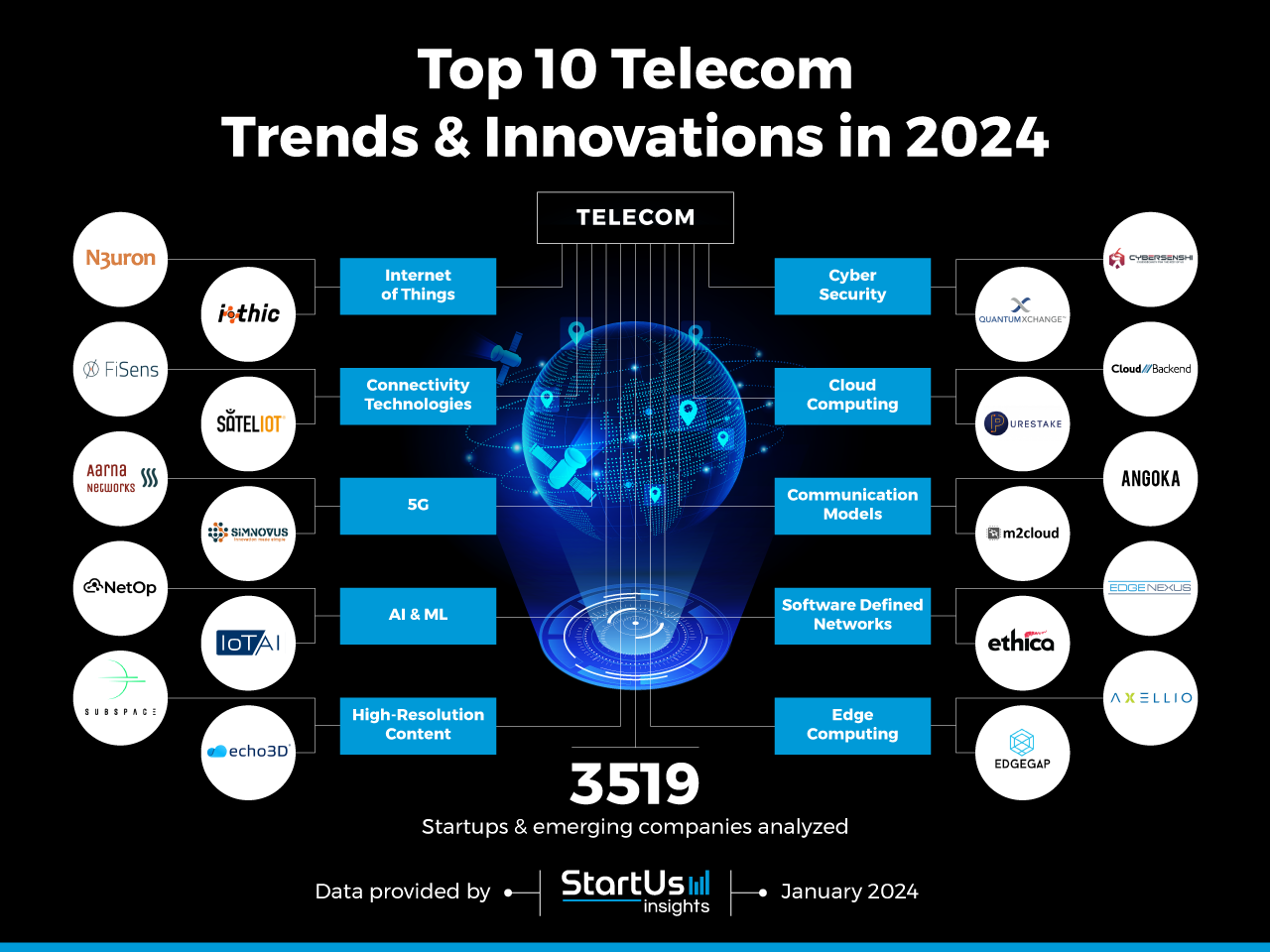Telecommunications Trends Shaping the Future of Communication
- By -Mash
- Posted on
- Posted in Telecommunications
Telecommunications is undergoing rapid transformation, driven by technological advancements and changing consumer expectations. These trends are reshaping how we communicate, work, and interact with the world. This article explores the key telecommunications trends that are poised to shape the future of communication and their potential impacts on various sectors.

The Rise of 5G Technology
Unprecedented Speed and Capacity: The rollout of 5G technology represents a significant leap forward in telecommunications. With its ability to deliver speeds up to 10 Gbps and support millions of devices per square kilometer, 5G is set to enhance connectivity and enable a range of new applications. This includes real-time data processing, high-definition video streaming, and advanced IoT solutions.
Low Latency and Enhanced User Experience: 5G’s reduced latency, down to 1 millisecond, ensures near-instantaneous communication. This low latency is crucial for applications requiring real-time interactions, such as autonomous vehicles, remote surgery, and interactive gaming, significantly improving user experience and service delivery.
Enabling the Internet of Things (IoT): The increased capacity and connectivity of 5G support the growth of IoT. Smart devices, sensors, and connected systems can communicate more effectively, leading to innovations in smart homes, cities, and industrial automation. 5G provides the backbone for a highly interconnected world.
Expansion of Edge Computing
Decentralizing Data Processing: Edge computing involves processing data closer to its source rather than relying on centralized cloud servers. This trend is driven by the need for faster data processing and lower latency. By performing computations at the edge of the network, businesses can achieve real-time analytics and improve the performance of applications.
Enhancing IoT and AI Capabilities: Edge computing complements IoT and artificial intelligence (AI) by providing local data processing and decision-making capabilities. This reduces the need for data transmission to distant servers and enables more responsive and efficient AI-driven applications.
Supporting Remote Work and Collaboration: As remote work becomes more prevalent, edge computing supports efficient collaboration tools and applications. By reducing latency and improving data processing speeds, businesses can maintain high performance in virtual meetings, cloud-based applications, and collaborative platforms.
Integration of Artificial Intelligence (AI)
Automating Network Management: AI is transforming network management by enabling automation and predictive analytics. AI-driven systems can monitor network performance, detect anomalies, and optimize operations, leading to improved reliability and reduced operational costs.
Enhancing Customer Experience: AI-powered chatbots, virtual assistants, and personalized recommendations are revolutionizing customer service. These tools provide instant support, tailored interactions, and efficient problem resolution, enhancing overall customer satisfaction.
Driving Innovation in Communication Applications: AI is enabling new communication applications, such as real-time language translation, advanced voice recognition, and intelligent content moderation. These innovations improve accessibility and facilitate smoother interactions across different languages and contexts.
Growth of Cloud-Based Services
Scalable and Flexible Solutions: Cloud computing continues to grow as businesses seek scalable and flexible solutions. Cloud-based services offer on-demand resources, allowing companies to adjust their infrastructure based on current needs without significant capital investment.
Supporting Remote and Hybrid Work: The cloud supports remote and hybrid work models by providing access to applications, data, and collaboration tools from any location. This flexibility is crucial for maintaining productivity and connectivity in a distributed workforce.
Enabling Advanced Analytics and Storage: Cloud platforms offer powerful analytics and storage solutions, allowing businesses to process and store vast amounts of data. This capability supports data-driven decision-making and the development of new business insights.
Focus on Cybersecurity
Protecting Against Emerging Threats: As telecommunications technology advances, so do cybersecurity threats. The increasing complexity and connectivity of networks require robust security measures to protect against cyberattacks, data breaches, and privacy violations.
Implementing Advanced Security Measures: Innovations in cybersecurity, such as AI-driven threat detection, blockchain-based security, and zero-trust models, are enhancing protection. These measures help safeguard sensitive information and ensure the integrity of communication networks.
Addressing Privacy Concerns: With the growing collection of personal data through digital communications and IoT devices, privacy concerns are paramount. Regulations such as GDPR and CCPA are driving businesses to implement stronger data protection practices and transparent privacy policies.
Adoption of Virtual and Augmented Reality (VR/AR)
Enhancing Immersive Experiences: VR and AR technologies are becoming more prevalent in telecommunications, offering immersive experiences for entertainment, education, and training. These technologies provide new ways to interact with digital content and engage users in innovative ways.
Supporting Remote Collaboration: VR and AR enable remote collaboration by creating virtual environments where teams can interact and work together as if they were in the same physical space. This capability enhances remote meetings, training sessions, and collaborative projects.
Driving Innovation in Customer Engagement: Businesses are using VR and AR to create interactive marketing campaigns, virtual product demonstrations, and personalized customer experiences. These technologies offer new opportunities for engagement and brand differentiation.
Conclusion
The telecommunications industry is evolving rapidly, driven by trends such as 5G, edge computing, AI, cloud services, and enhanced cybersecurity. These advancements are reshaping how we communicate, work, and interact with technology, offering new opportunities and challenges. As these trends continue to develop, they will play a crucial role in shaping the future of communication and connectivity, driving innovation, and transforming various aspects of modern life.



